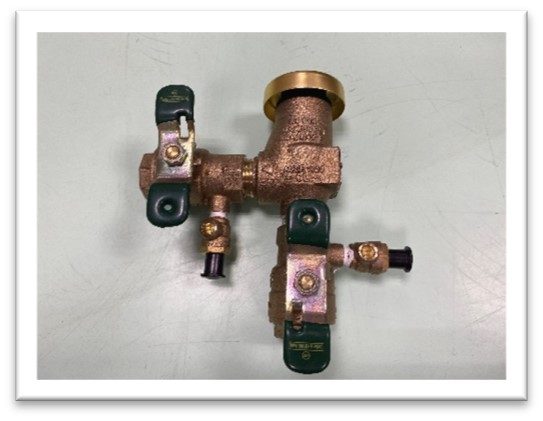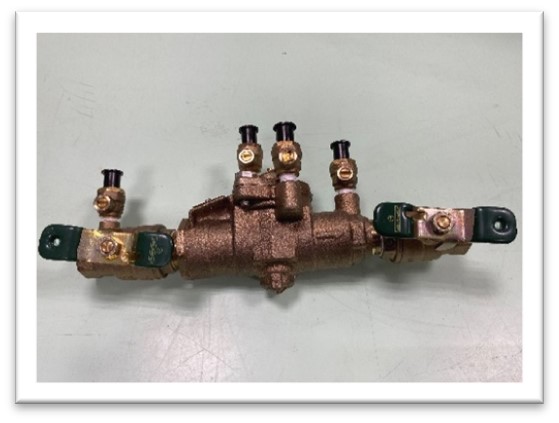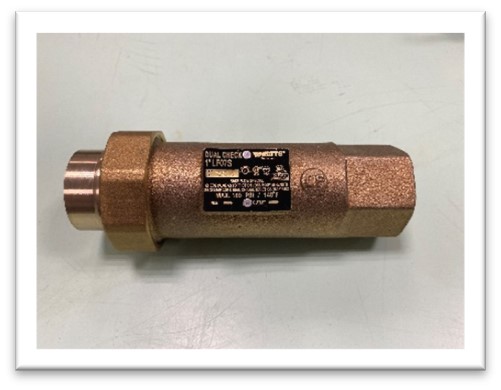The notice indicates that Fairfax County has a record that one (1) or more Testable Backflow Prevention Assemblies are installed at your property. These assemblies may be installed on the water supply serving systems or equipment that have the potential to contaminate or pollute your drinking water. (I.E. Lawn Irrigation Systems, Fire Suppression Systems, EVAC Systems, In-Ground Pools, directly connected Hot Tubs, Steam Saunas, Steam Appliances, Cooling Towers, Heat Exchangers, Chillers, etc.)
These assemblies are required to be tested annually by a Virginia State Certified and Fairfax County Authorized Tester to ensure proper operation. Please follow the steps below.
Step 1 – Contract with a third party “Authorized Vendor” to conduct the required testing. A list of vendors is available at this link. Authorized Vendor List It is recommended you contact several from the list to obtain the best pricing.
Step 2 – The Vendor will conduct the test, complete all paperwork, and submit it to Fairfax County for approval and retention. If submitted properly by the vendor, and accepted by Fairfax County, you will be notified by email of the status of the submittal and receive a copy of the documents they submit. If accepted, this is your receipt that the work has been accepted for the given year or under the stated conditions.
Step 3 – If, an assembly “fails” testing, it must be repaired or replaced, and re-tested before a Backflow Assembly Test Report can be submitted by the vendor. If the assembly requires “replacement” that work requires a Plumbing Permit. Please reference the “Permitting and Inspections” portion of the FAQ.
Step 4 – You will receive an email from “noreply@workflownotification.com” when your Test Report is submitted by the Authorized Vendor and processed by Fairfax County. If you have not received confirmation by email for these events within 14 days of the test, please check your SPAM and JUNK folders or contact Fairfax County to confirm it has been submitted.
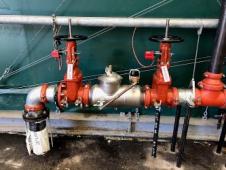 A cross connection is a link between the water supply and a potential source of contamination. Backflow occurs when the water direction in a plumbing system flows backwards creating the potential for a contaminate to enter our public water system. Backflow prevention can be achieved through the use of backflow assemblies, devices or methods.
A cross connection is a link between the water supply and a potential source of contamination. Backflow occurs when the water direction in a plumbing system flows backwards creating the potential for a contaminate to enter our public water system. Backflow prevention can be achieved through the use of backflow assemblies, devices or methods.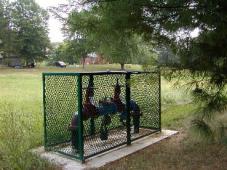 Fairfax County’s Land Development Services and Fairfax Water work together to safeguard the water supply through implementation and monitoring of the Cross Connections Control and Backflow Prevention Program to identify hazards and ensure testing is conducted as required. Backflow prevention assemblies are required by the building code to be tested annually by a certified tester.
Fairfax County’s Land Development Services and Fairfax Water work together to safeguard the water supply through implementation and monitoring of the Cross Connections Control and Backflow Prevention Program to identify hazards and ensure testing is conducted as required. Backflow prevention assemblies are required by the building code to be tested annually by a certified tester.


